How educators can move from culturally responsive to culturally sustaining pedagogy and gender identity in the classroom.
This year at IslandWood, Fellows spent a good portion of time engaging in discussion around the construct of culturally sustaining education. Going beyond culturally responsive education, which is reactionary to the identities that are in a classroom, culturally sustainable education (CSE) moves beyond that. Instead, one must anticipate the need for growth as an educator to build a classroom environment that allows students to present their authentic selves. During one of the break-out sessions, Fellows had the opportunity to dive deeper into CSE and examine how gender intersects with cultural and racial identities.
Fellows discussed the false narrative which assumes because the US has marriage equality, we now live in a post-gender society. This is not necessarily the case. The risks associated with gender identity for our students are still incredibly serious and demand educators are aware of how they present themselves in their communities.
Veteran Martinez Fellow A Longoria, an assistant professor of secondary education in the Woodring College of Education at Western Washington University led the breakout session. Longoria commented on the current trend of introductions including pronouns such as “My name is Mary Smith and I’m she/ hers”. They also offered caution in these situations because while well-intentioned, this small act can put vulnerable students on blast and potentially endanger a students’ safety. For this reason, there is a real urgency for educators to set the precedent for institutionalizing respect, tolerance, self-reflection, and growth.
Fellows also discussed the need for educators to be familiar with queer history and the progression of terminology from queer and LGBTQ+ to more contemporary umbrella terms such as non-binary and trans. Subsequently, accepting and respecting how a student or colleague identifies. Additionally, Fellows discussed that for those who might identify as trans or non-binary, what is assigned at birth can differ from what we are expected to “perform” as in society. At the same time, Longoria brought into the discussion the intersectionality of multicultural identities and gender by highlighting the tensions between the safety some LGBTQ+ students experience in the affirming, but cisgender culture in some schools and the dangers of not “performing” according to cultural and family gender expectations.
“Cisgender norms create inequities when it comes to non-binary students…”
Continuing the process of reflecting, Fellows went through an exercise in isolating gender privilege by either taking or putting back an item when hearing some of the following statements, “The bathrooms at your school align with your gender,” “You can walk freely and safely anywhere,” “The gender on your identification matches your identity”. Simple exercises such as this highlight the different ways that cisgender norms create inequities when it comes to non-binary students and help educators better understand how to create safe and gender positive environments.
It was impossible to address the full scope of CSE through the lens of gender in one seminar. And while there are still lingering questions such as, “How to deal with parents who know but don’t support?” or “How do I protect myself as a queer person in the face of bigoted student rage?”; Fellows in the field are now better equipped to continue addressing these questions, have access to resources, and can rely on support from each other.
Contributed by Saara Kamal, Martinez Fellowship Program Manager




